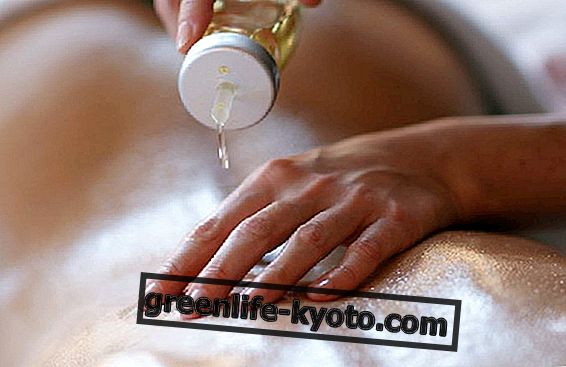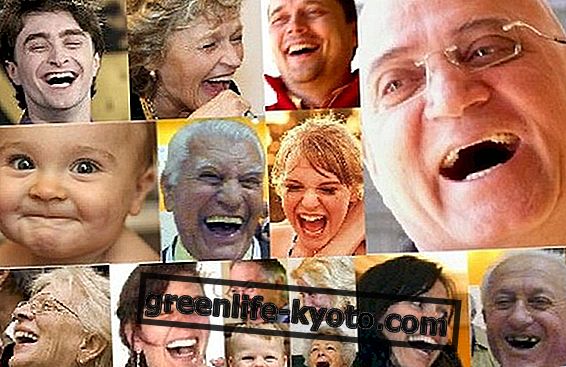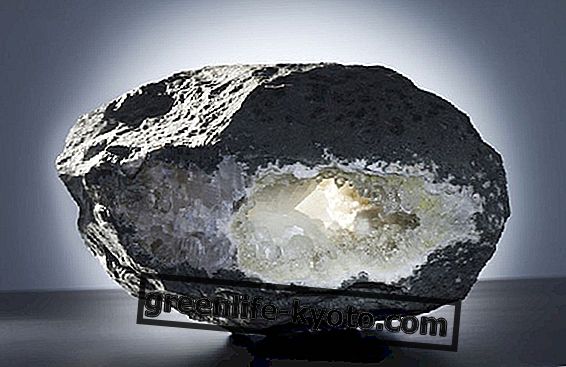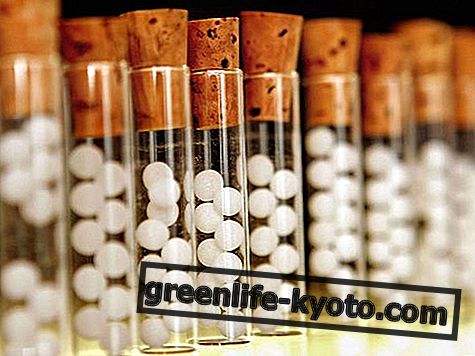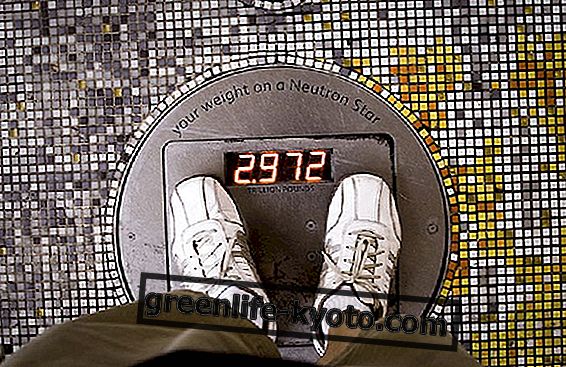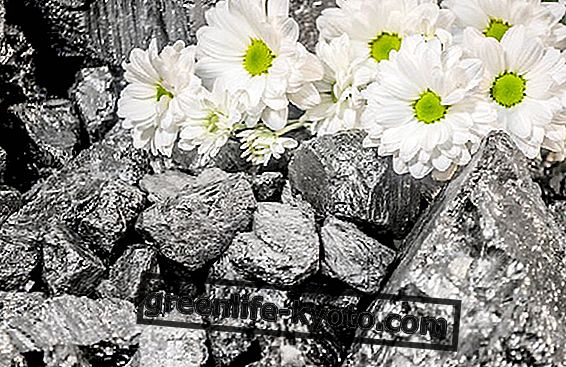
When using visual diagnosis
Speaking of visual analysis automatically means entering the world of Schüssler salts, homeopathic compounds that, in short, help to help the body recover mineral salts that, for whatever reason, are no longer able to fully assimilate on their own.
This has been discussed at length in an interview with Claudia Boni, an expert on the subject. We have seen that, being diluted in a homeopathic way, the Salts of Schussler can enter through the cell membrane and bring the information of that salt right where it is needed for that person, at that given moment, thus bringing an improvement to health. But how do you understand which Salt is the most suitable? Here comes the visual analysis.
The visual analysis closely follows the teachings of Dr. Schüssler, in particular of one of his main students, dr. HIckethier, to which all today's knowledge concerning visual analysis linked to these mineral salts are due.
Visual analysis makes it possible to fully understand how a person is, what salts are missing, and then decide what will be his real needs and the correct compensation he needs.
A bit of history
Dr. Schüssler, already in the second half of the 1800s, advised to look at people's faces to determine their proper mineral salt, then, in the last century, the technique of visual diagnosis in relation to the lack of mineral salts was developed and perfected by various supporters.
Among these, particular credit goes to Dr. Kurt Hickethier (1891/1958), who in 1926 thanks to his research in this field also received an honorary degree at the University of Pittsburgh (USA).
Through the visual diagnosis according to the method of Dr. Hickethier it is possible to develop a diagnosis of the somatic traits that allows to identify a therapy in a precise way .
It is not a medical diagnosis that relates the face or parts of it to a specific organ, but a simple and in-depth observation of the signs that are identified on various parts of the person's face, an observation that is able to determine the lack of a salt, often even before the disease manifests itself with its disorders.
A little practice
Due to denatured food, stress, pollution, electromagnetism or other, it happens that the mineral salts are no longer available to the human body in the right place at the right time, or are poorly metabolized, and from here can arise multiple disorders; these can be both physical and psychological, ranging from general or localized inflammation, pain, digestive problems, retentions or other.
Following this, that is when the health is upset, many signals appear on the face but also on the tongue, on the hair and on the nails or other signals this imbalance through colors, wrinkles, shine or opacity, skin texture, patina and other, often before the actual disturbance appears. To make a correct reading, the person must be observed in daylight, and the face must be clean, without make-up or creams.
Surely you should not rely on the first person that happens, but get close to those who have an in-depth and proven knowledge of the method, able to understand if there are acute or chronic deficiencies of mineral salts and determine their precise needs. The more the observer is an expert, the more he will be able to recognize those elements that escape beginners observers: in fact the characteristics sometimes overlap in the colors or structure of the skin and it is not always easy to recognize them.
The visual analysis can therefore be said that it is not wrong, especially if it is done by those who have had the good fortune to meet teachers who have handed down this art to them. There are still few homeopaths and naturopaths who use it and who rely 100% on this instrument, but, like iridology, seems to be an increasingly popular practice. It is commonly practiced in Germany.


